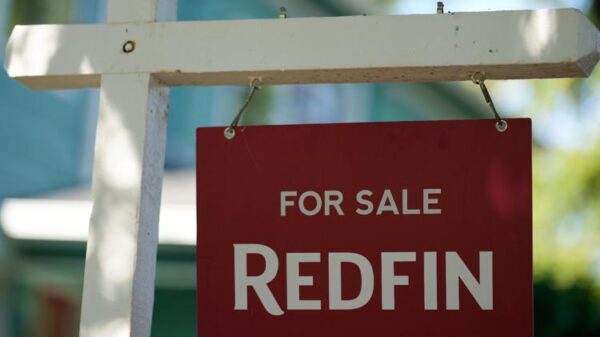Maine is experiencing a demographic shift, with a significant increase in its aging population. As of the latest data, 23% of residents are aged 65 and older, making it the oldest state in the United States. This trend raises important questions about whether Maine is a suitable place for seniors to age gracefully. The answer is multifaceted and varies depending on local resources, individual financial situations, and personal circumstances.
The Maine State Plan on Aging Needs Assessment, published in 2024, reveals that between 2017 and 2021, the population of Mainers aged 65 to 74 grew by over 25,000. Maine’s median age stands at 44.8 years and is projected to rise to 49 by 2050. The implications of this increase are significant, particularly in rural areas where access to essential services can be challenging.
Megan Walton, CEO of the Southern Maine Agency on Aging, emphasizes the urgent need for improved support systems as older residents live longer. She states, “Our longevity has increased dramatically. Health care, transportation, Social Security—all of these systems have not caught up.” This sentiment highlights the pressing issues that many seniors face daily.
Affordability emerges as a critical concern for older Mainers. More than half of single seniors struggle to meet basic needs such as food and housing. The cost of living in Maine exceeds the national average, with approximately 36% of residents over 60 earning less than $20,000 annually. Among these, women over 75 face poverty at twice the rate of their male counterparts, according to the U.S. Census Bureau.
Social Security plays a vital role in the financial landscape for many older Mainers. Over a quarter of the state’s seniors rely on Social Security, with average monthly payments around $1,767. Yet, this support is often insufficient, particularly in rural regions, where 25% of older adults spend more than 35% of their income on housing. Rising rents and increased costs in mobile home communities further exacerbate these financial pressures.
The demand for affordable housing for seniors remains high, with waitlists extending from three to five years. Many seniors on fixed incomes are unable to maintain their homes, further complicating their living situations. The housing crisis has made it increasingly difficult for older residents to find suitable and affordable accommodations.
Healthcare access presents additional challenges. Seniors in Maine often navigate complex care systems, which can be hindered by geographic distances. Some individuals may need to travel hours to reach medical appointments, and workforce shortages in healthcare further impact the consistency and quality of care available. Experts argue that more training is essential for caregivers and primary care providers to effectively address the health needs of older adults.
The state offers various home care programs aimed at helping seniors remain independent and avoid nursing home placements. These services include personal care, nursing, home-delivered meals, and assistive technology, as noted by the state Office of Aging and Disability Services.
Despite these challenges, many communities across Maine are taking proactive steps to support their older residents. Initiatives to foster connections and promote well-being are becoming increasingly common. Noël Bonam, director of AARP Maine, points out the importance of allowing older adults to remain in their communities for as long as possible. More than 60 age-friendly communities have been established in Maine, from York to Lewiston to Fort Kent. These communities are focused on creating environments that are welcoming to individuals of all ages, including those with disabilities and chronic illnesses.
Community organizations are actively engaging older Mainers by organizing activities, providing meals, offering home repairs, and facilitating transportation to medical appointments. Recent outreach efforts have also targeted men, immigrants, people of color, and LGBTQ+ individuals, ensuring that support reaches diverse populations.
As Maine grapples with the complexities of an aging population, stakeholders from various sectors are working diligently to ensure that seniors can live fulfilling lives. Addressing the needs of older residents requires coordinated efforts to improve accessibility, affordability, and quality of life across the state. The path forward will depend on continued collaboration and innovation in meeting the unique challenges of aging in Maine.





































































